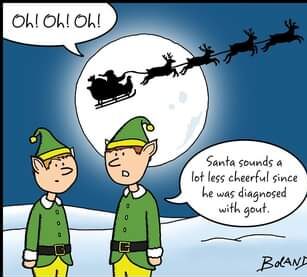We’ve probably all heard the horror stories: an intoxicated patient falls off the bed while in the department. He’s immobilized and helped back up only to now have a ______________ [insert badness e.g. skull fracture, head bleed, spinal injury, etc].
Or how about this one: a patient presents with hip pain after a fall. X-rays are negative and she is discharged. While exiting the waiting room she trips and falls again. The provider re-evaluates her in the waiting room and gives the okay to let her leave: missing the fact that she now has a new fracture.
When a patient gets injured while in the Emergency Room or shortly after leaving, be extra vigilant in ruling out new pathology. Patients who fall, strike their head, or complain of new symptoms warrant a full and frankly more extensive workup then you might otherwise do. Be very hesitant in calling a new pain in the extremity simply a ‘strain’ without doing some imaging.
Here is an example of a real life malpractice case to help drive the point home:
A 50-year-old woman went to the ER for upper respiratory symptoms. Due to chronic back pain, she used a walker to assist with ambulation. After being discharged, she was leaving the hospital and felt weak. She tried to sit on her walker and slipped off. The walker flipped over and struck her on the head. A nurse practitioner brought her back and sutured the head laceration before again discharging her.
A few hours later, the patient returned to the ER by ambulance after being found unresponsive. CT revealed intracranial bleed with midline shift. She underwent surgical intervention but was left with significant debilitation and requires constant care. Attorneys sued the ER for not performing a CT after her initial injury and claimed the delay in diagnosis was responsible for the unfortunate outcome. The case was settled for $2 million prior to trial.




